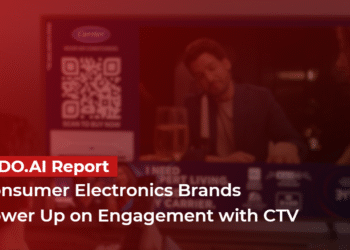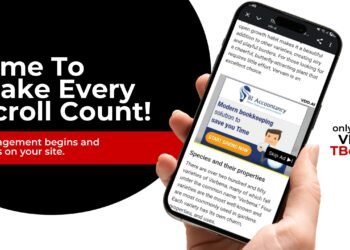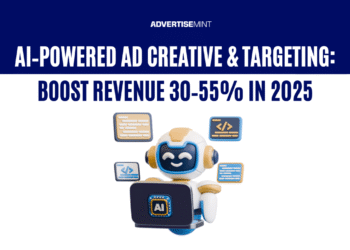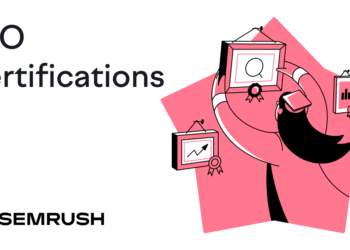How do you use ChatGPT? Is the AI assistant currently reducing your workload and making you more productive? In this new ad campaign, the use cases for the technology are simpler than that.
“The goal was that the work feels both inspirational and grounded in real usage, making ChatGPT something people want to be part of,” ChatGPT’s chief marketing officer, Kate Rouch, told Adweek.
OpenAI’s in-house creative team developed the campaign with agency Isle of Any. Director Miles Jay shot the films on 35mm—a decidedly analog approach.
The commercials start with a simple prompt, and all are set to familiar music.
PROMPT: Help me plan a trip with my sister over break. | Music: “Brother Love’s Traveling Salvation Show” by Neil Diamond.
PROMPT: I want to feel stronger. Help me do some pull-ups by fall. | Music: “Someone, Somewhere (In Summertime)” by Simple Minds.
PROMPT: I need a recipe that says, “I like you, but want to play it cool.” | Music: “Fool” by Perfume Genius.
Chicago ad man Vinny Warren likes the spots. “A surprisingly well produced (by humans) commercial for Chat GPT. Great performances, nicely shot, very human. Downright cinematic,” he said on LinkedIn.
Professor Mark Ritson has a different take, which was published by Adweek. He called the campaign “incredibly poor” because research firm System1 tested the ads and found that they ranked in the lowest quintile for long-term growth and short-term sales impact. The ads also scored dismally on fluency.
Ritson would prefer to see ChatGPT separate itself from others in the category.
Achieving branded recall and maintaining distinctiveness is crucial for all brands. But it’s especially critical for AI brands like ChatGPT, which are incredibly generic. They all look the same, operate the same, work off each other, launch innumerable product iterations, and fall blandly into a big, gray AI bucket.
He has a point. AI is a crowded field where numerous new brands are actively competing for space in our minds. There’s Google’s Gemini and Microsoft’s Copilot. Plus, Claude, Perplexity, Grok, and the rest. What makes a person choose one over the other?
According to the brand’s ad campaign, ChatGPT can help you impress a date, get in shape, or plan a vacation. These are everyday, wholesome human needs. Also, there’s something appealing about this campaign’s low-key vibe. By contrast, some of Microsoft Copilot’s commercials induce stress, even though the product is meant to relieve it.
By positioning ChatGPT as a lifestyle product, the tech appears friendly and practical, and helps make the various challenges it addresses seem easier to manage.
What ChatGPT is not in these spots is equally important. In these commercials, ChatGPT is not the enemy. It’s not the tech that will get you in trouble for academic cheating or one day deprive you of a job. It’s not the energy and water drain on your local community. Rather, it’s an easy answer to everyday challenges and, therefore, something you want in your life.
Effective advertising creates a desire for products or services. Well-designed research can point to problems in an ad campaign, but it’s critical to keep in mind that research draws its data from a sample audience. By stepping up and running the campaign, as ChatGPT is doing, a brand generates real-world data and acquires a much better sense of how well the ads are communicating.
Related
Discover more from Adpulp
Subscribe to get the latest posts sent to your email.


















